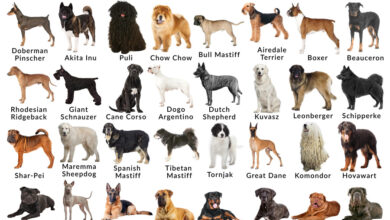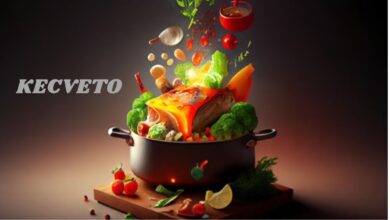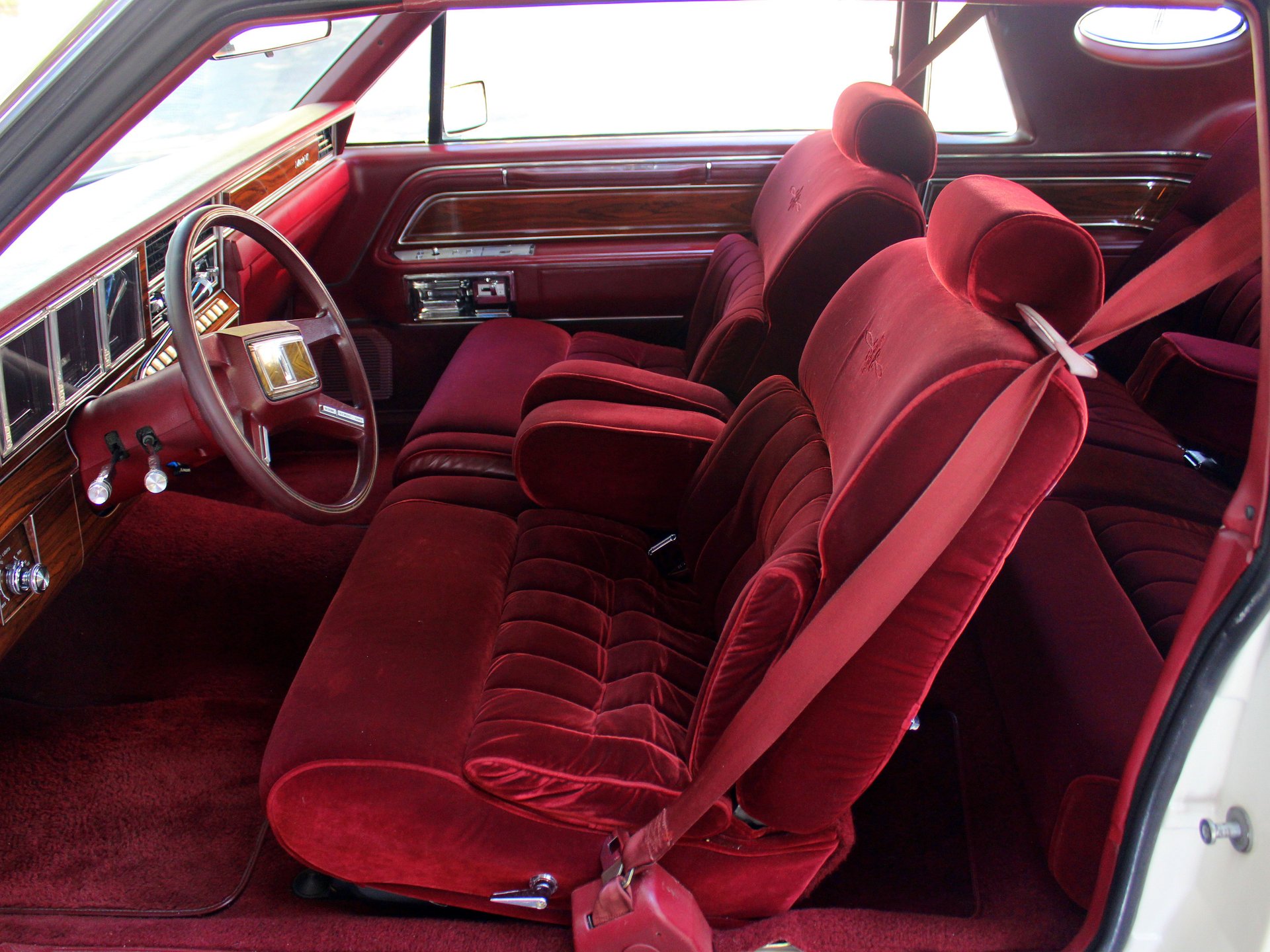
The Graceful and Elegant, Fancy Vehicles we Completely Forgot about
Both newcomers and established automakers confront challenges, and even luxury brands can occasionally be taken by surprise by more formidable competitors or shifting consumer demands. After a few short years of poor sales, the nameplates who get it right are rewarded, while the others are banished to the car attic. However, production numbers don’t necessarily provide the whole picture.
In this sector of the market, exclusivity is profitable, and businesses can benefit greatly from limiting production. “Mass-produced by robots” lacks the ring that “hand-built” does.
Come look at some luxury vehicles that are no longer fresh in our collective consciousness. Some were purposefully manufactured in limited quantities, while others were complete busts. In any case, they are now uncommon sights.
Iso Rivolta Lele (1969)
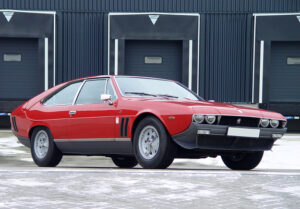
Iso Rivolta’s Lele was a global 2+2 coupe with an Italian design signature by Marcello Gandini and an exhaust tone reminiscent of a muscle car thanks to the V8 engine borrowed from Chevrolet. Although its size did not appeal to everyone, Iso sold 285 cars until 1974, which was a decent amount for an automaker with little production volume. After GM and Iso couldn’t agree, Ford engines were installed in the final 165 vehicles.
Monica 560 (1973)
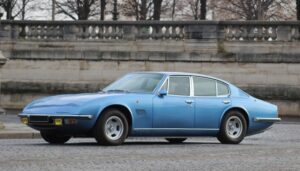
When French businessman Jean Tastevin brought together a group of engineers and designers to develop a super-sedan, he planned to continue where Facel Vega left off. Ted Martin’s V8 evolution was installed by Chris Lawrence, who also designed the chassis; nevertheless, the final design opted for a 5.6-liter V8 from Chrysler.
Tony Rascanu, a stylist with training at Vignale, gave the vehicle an aerodynamic, fastback-like design that would surely win it the controversial title of four-door coupe in the twenty-first century.
Quattroporte II Maserati (1974)
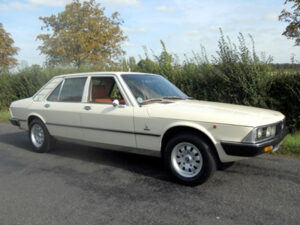
For a brief while, Citroën was the owner of Maserati, enabling them to install a V6 engine in the SM and finance the creation of a Quattroporte 2.0. Since neither brand had much money to spare, Maserati went bankrupt in 1975. The project’s main motivation was to conserve money.
Thus, under the Bertone-designed sheet metal, the then-new Quattroporte was closely related to the SM. It was equipped with a hydropneumatic suspension system, a V6 engine, and front-wheel drive.
The fact that the second-generation Quattroporte survived the 1973 oil crisis was truly remarkable, even though it was slightly slower and less powerful than the original, V8-powered car.
Rolls-Royce Camargue (1975)
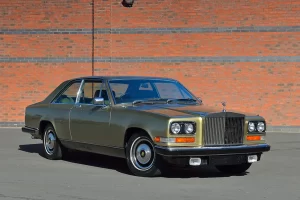
In the early 1970s, Rolls-Royce defied convention when it hired the Italian design company Pininfarina to sketch the large, imposing Camargue coupe. Although the company often maintained design work in-house, it believed that investing in Italian DNA would result in a coupe with a little more style.
The outcome was contentious; some people liked it, others didn’t, but it was unavoidable. The 6.75-liter V8 engine and automatic transmission, which were sourced from General Motors, were concealed by the sheet metal.
After years of development, the Camargue’s “very advanced automatic air-conditioning system” was hailed by Autocar as “the most expensive Rolls-Royce sedan yet.” Between 1975 and 1986, 530 units were sold, with the majority of the production run ending up in the US. A second prototype was constructed with a Bentley grille and corresponding insignia at the request of the purchaser.
When the Camargue first came out, you could purchase a very fine house in a trendy area of London for the same amount of money as you could have paid for a Camargue; that house is now worth millions of dollars, while a Camargue can be purchased for $50,000.
Alfa Romeo Alfa 6 (1979)

Alfa Romeo’s intentions to launch the 6 in 1973 were disrupted when the concept of driving a large, fuel-hungry sedan became unappealing to all but the wealthiest European drivers due to the oil crisis. Executives put the project on hold until the oil market appeared to have stabilized in the late 1970s, and then put it in the car attic. Alfa Romeo made several adjustments before going into production, but the first six models that came off the line already appeared antiquated.
Although the 2.5-liter V6 carbureted engine was a true gem, even in 1979, people were taking notice of its excessive fuel consumption. 1983 saw the introduction of Bosch fuel injection, optional turbodiesel, and a revised style (shown in the photo), but these advancements came too little, too late. After producing about 12,000 cars, Alfa Romeo stopped producing the 6 in 1987.
Lincoln Continental turbodiesel (1983)
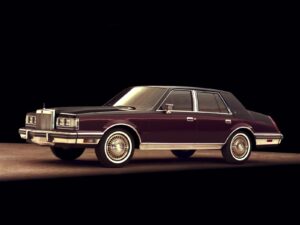
Even though the Continental is one of Lincoln’s most well-known vehicles, the diesel-powered, European-flavored version is only remembered as a minor detail in the decades-long history of the nameplate. To Lincoln’s dismay, Mercedes-Benz sold every diesel it brought into the country and even some that it didn’t bring because the gray market was growing in the early 1980s.
Cadillac also joined the diesel revolution, albeit with less success with its models. The decision-makers concluded that providing the diesel engine that customers were searching for was the best way to keep them loyal.
Buyers of Continentals for the 1984 model year had a choice between a 4.9-liter, 140-bhp V8 and a 2.4-liter, 115-bhp turbodiesel straight-six engine, which was tuned by BMW and used to power the 524td. The German engine cost $1235, or about $3000 in 2020, according to Lincoln. It came out that both Lincoln and Mercedes-Benz buyers were against diesel vehicles. After 1985, the choice vanished. Additionally, the unexpectedly capable Mark VII was offered with diesel propulsion.
